Passive house is a concept, a standard in construction which, if respected, certifies that the building constructed is truly energy efficient, comfortable, affordable and green at the same time. It sounds complicated, a bit too technical at first glance, but it is simple to understand and apply at the same time.
First passive house
It all started when Wolfgang Feist and his family built the first passive house. That would be the short version.
Dr. Wolfgang Feist is a physicist. In 1987, in a discussion with his Swedish colleague Bo Adamson, he learned that unheated houses were being built in China, referring to them as passive houses. In Sweden, too, there was concern about making houses energy efficient. They decided to investigate whether the concept could be applied and work in Europe, where winters are colder.
At the request of the mayor of Darmstadt/Germany - a city that had a piece of land already available for building experimental houses - Wolfgang Feist decided, together with his family, to build this passive house.
Don't imagine it was simple. There were plenty of voices who didn't think such a project was possible. In addition, the technologies didn't exist and there was a lot of reluctance to this kind of innovation on the part of manufacturing companies. A happy case was the realization of windows. At that time there was no triple glazing concept, now standard for a passive house. The head of the research team at Vegla (now Saint Gobain) agreed to provide this type of windows for this project. But it wasn't always so. It took years before industry saw the opportunities in this area.
In the first two years after its completion, their house (more like a complex of houses) was visited by about 5000 curious onlookers. Wolfgang Feist showed that it could be done. Since then things have come a long way, the Darmstadt Passivhaus Institute (set up in 1996 by the same Wolfgang Feist) - an institute that was to play a very important role in developing the concept - companies started to invest more in research and that's how we got to where we are today.
But things continue to evolve, with techniques getting better and better every day. In a chat with Lehel Elek-Lukacs of Naturalpaint, a company that deals with the distribution of natural building products in Romania, told me that in Germany there is a concern for testing and comparing data on the use of traditional insulation materials (e.g. basaltic wool, polystyrene) with the use of natural ones (e.g. jute insulation or hempIn addition to technical performance, the composition of the air and its influence on health is also analyzed. I will come back to this.
A passive house is more than just a low-energy building.
Passive houses offer heating and cooling energy savings of up to 90% compared to traditional houses and more than 75% compared to new construction. Similar energy savings have been demonstrated in hot zones where buildings require more energy for cooling than heating.
Passive houses are also praised for their high level of comfort. They use the inhabitants' body heat or solar heat entering the building as an energy source inside the building. This makes heating much easier, with big energy savings.
Adequate windows with good insulation, insulated exterior walls, insulated roof and floor all keep the house warm in winter.
A ventilation system constantly supplies fresh air for superior air quality without causing unpleasant draughts. A highly efficient heat recovery unit allows the heat contained in the exhaust air to be reused.
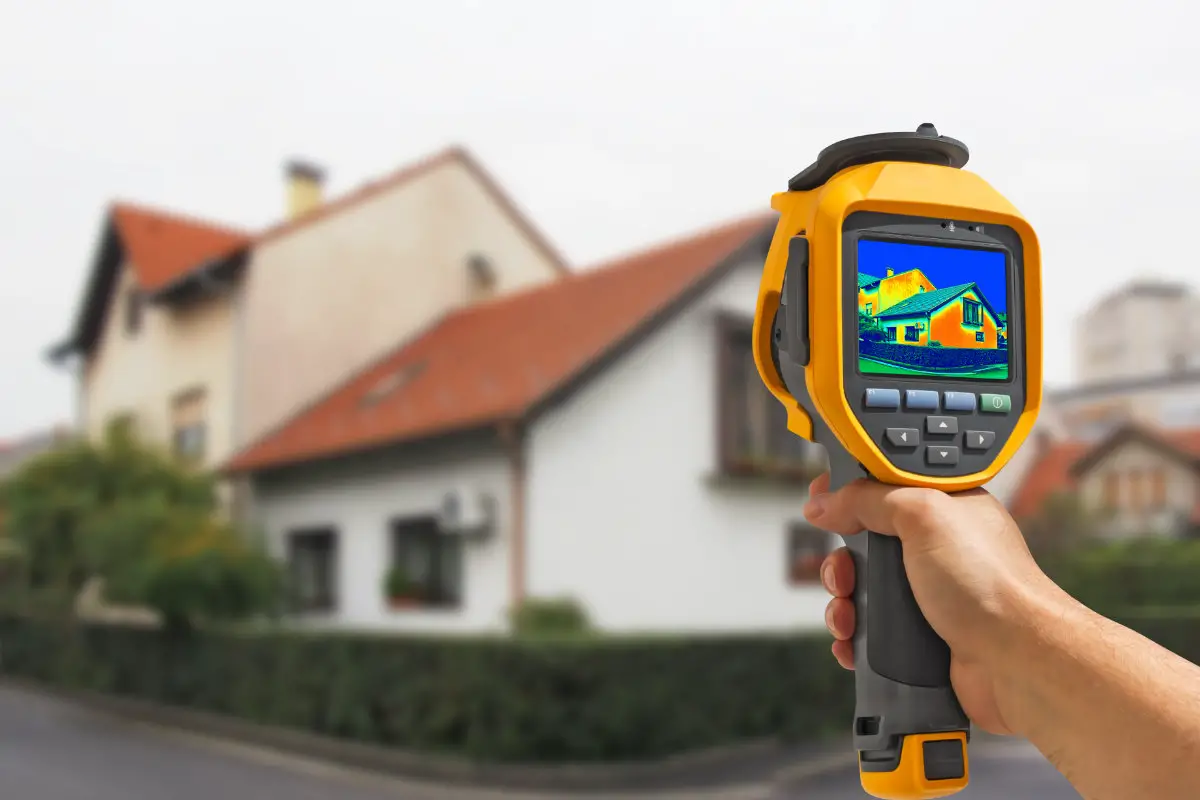
Passive house is comfortable
Passive houses ensure maximum comfort during both cold and warm months, with reasonable construction costs - as confirmed by passive house residents.
Another important principle is "thermal bridgeless design", i.e. the insulation is designed in such a way that there are no "weak points" around the whole building, all to eliminate heat loss. This method is another key principle that ensures a high level of quality and comfort in Passive House buildings, while preventing damage due to moisture accumulation
Passive houses are green and contribute to a sustainable living
Passive houses are green by definition. They use extremely little primary energy with minimal environmental damage, leaving sufficient energy resources for future generations. The extra energy needed to build them (embodied energy) is insignificant compared to the energy saved later. It is worth noting, however, that the Passive House standard offers this level of sustainability for anyone wishing to build a new building or renovate an older building at an affordable price - a contribution to environmental protection.
Passive houses are not expensive
Passive houses not only save money in the long run but are also affordable, say experts. The investment in higher quality building components required by the Passive House Standard is mitigated by eliminating expensive heating and cooling systems. Additional financial support from governments, increasingly available in many countries, makes it more feasible to build a passive house. It might be a good idea for Romania to adopt programs to encourage passive house building. The benefits are enormous.
Passive houses are versatile
Experts say that any competent architect can design a passive house. By combining the client's wishes with technical requirements, any new building anywhere in the world can be designed to passive house standard. This standard is also increasingly used for non-residential buildings such as administrative buildings and schools. Education on the design of this type of building is available globally, with plenty of professional trainers always ready to help.
You have to see it to believe it
So says a Romanian saying, and this is probably the idea behind The International Passive House Open Days. At this event, organized by International Passive House Association (IPHA)Hundreds of owners are opening their doors to curious onlookers to see for themselves the advantages of living in a passive house.
Passive house design in Romania
At Expo Construct I met Vlad Ciobanu, certified passive house designer. His company, Zecaph Consult, aims to help those who want to build or rehabilitate to passive house standard any type of construction. In addition to the specific services of design, energy efficiency, building site supervision, I was attracted to the services of thermography diagnostics, thermal vision quality control and Blower Door leak testing. These are tests they perform to diagnose, quantify, control and remediate energy losses. With technologies like these it becomes even more evident that a passive house is more energy efficient with 90% than a traditional home. Below is a video made by Zecaph Consult. Vlad and I arranged to go together to some of the houses they have in the works to see live tests and working procedures.
Another way you can have your own passive house is to use a passive house manufacturer. Obviously we recommend wood and wooden houses. There are manufacturers who, in addition to building your passive house, also offer you passive house design or certification. For example, professionals from Dimmer have followed the specialized courses of the German Passive House Institute in Darmstadt and obtained the Passive House Tradesperson certificate. This guarantees that you will end up with a passive house.
Until 2016, Dimmer built houses on wooden structure only in countries such as Italy, Switzerland, Germany, France, Belgium, Spain, Denmark, Germany, France, Belgium, Spain. Since 2017 they have turned their attention to Romania. In order to hold their own on the Western European market, where they competed with companies with over 100 years of tradition in timber frame construction, they were forced to build to a very high quality standard, a standard they aim to develop for the houses built in Romania.
In fact, talking with Ionel Merlușcă, Dimmer's general manager, I noticed a great concern on their part to promote the passive house concept in Romania and the advantages of building such a house. We talked about their concern for the environment, which led them to put great emphasis on energy efficiency. One very well known project they also participated in is Buhnici House, a project in which the well-known media man from ProTV, George Buhnici, built such a house.
Casa Buhnici is the first house in Romania and the 9th in the world to be "Certified Passive House Premium". "The Passive House Institute decided to present the certificate to George Buhnici at this year's Passive House Conference in Muchen, and the certificate was presented to him by Dr. Wolfgang Feist himself. In the database of houses with a Passive House certificate, George Buhnici's house is in following link.
If you've read this far, you're really interested in the subject. You're not alone. Me too. I stop here with the promise that, for you, and for myself, I will come back to this topic, trying to analyze and promote the passive house concept more.





















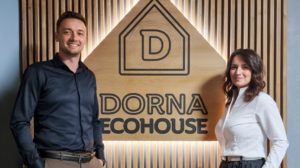
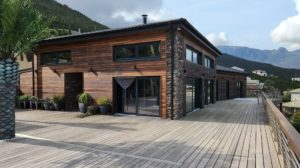

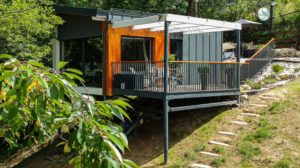
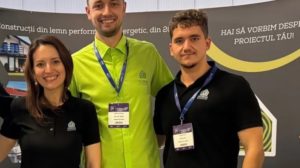
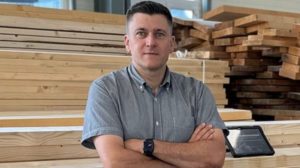
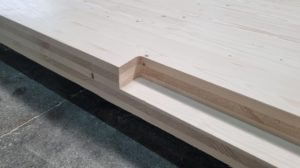
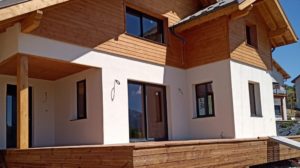
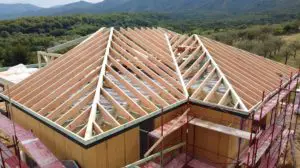



[...] Heat recovery ventilation systems are becoming a necessity in residentialPassive house - features, design and construction [...]